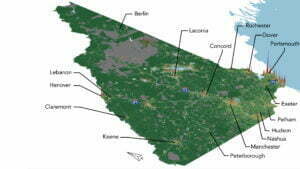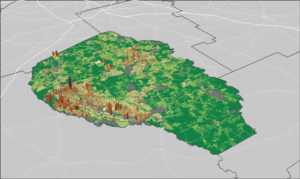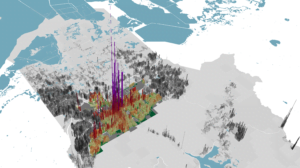Urban3 teamed up with Gould Evans to work with IndyGo, Indianapolis’ public transit authority, on far-reaching transit-oriented development analyses. Urban3 built a revenue model that revealed how potent a large city like Indianapolis is compared to surrounding suburban development. Our model also highlighted how downtown is certainly the fiscal engine for a community, but that dense development with solid urban form that extends outside of downtown can bolster financial productivity.

Our model also emphasized areas near critical transit corridors. Urban3’s work helps redefine expectations when it comes to looking at what kind of land is developable, whether it be in a fully built-out city, or a bedroom community looking to add a commercial site. In Indianapolis, Urban3 showed that despite only a small portion of the land within a 5 minute walk of the blue line transit corridor being vacant, a greater portion of land with low building value, or only 1-story buildings has potential to change into a higher and better use.

Outcomes
- After our revenue modeling analysis, zoning changes were made to maximize potential revenue and to encourage transit-oriented development along the blue line.
- Urban3 helped build consensus between the City and transit organizations using data-driven metrics.
- We highlighted the connection between parking and tax revenue productivity with City staff and other community stakeholders.



